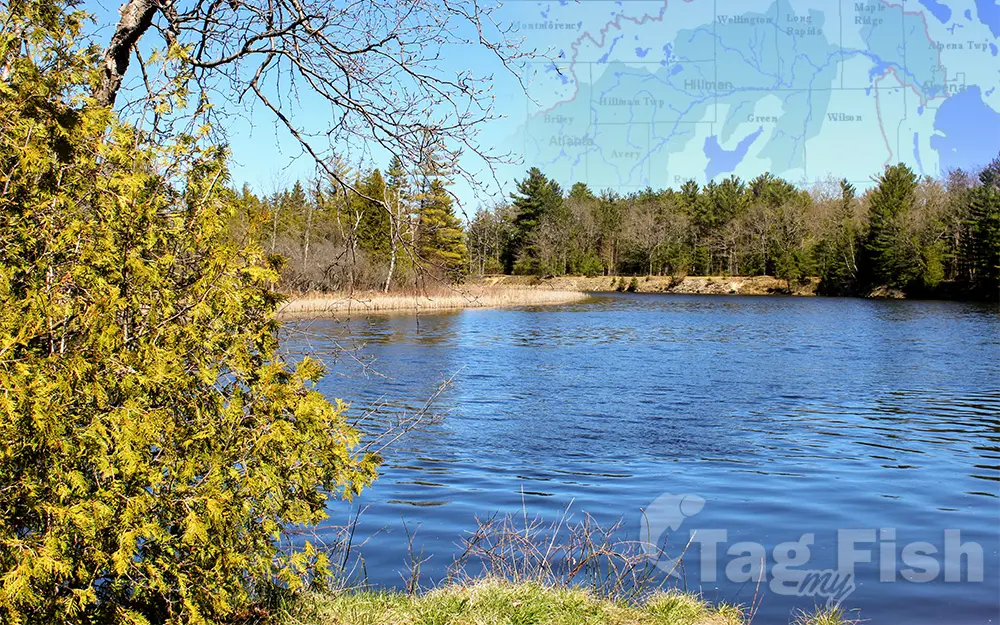Thunder Bay River

General data
- Name: Thunder Bay River
- Water system: St. Lawrence River
- Water type: River
- Progression: Lake Huron -> St. Clair River -> Lake St. Clair (North America) -> Detroit river -> Lake Erie -> Niagara -> Lake Ontario -> St. Lawrence River -> Gulf of St. Lawrence -> Atlantic Ocean -> Planet Earth
- Climates: Continental
- Continents: North America
- Countries: United States of America
Description
The Thunder Bay River is a 75-mile-long (121 km) river in the U.S. state of Michigan. It drains much of Alpena County and Montmorency County, and a small portion of Oscoda County, into Thunder Bay on the eastern side of northern Michigan. The mouth of the river is in the heart of downtown Alpena and is guarded by the Alpena Light Station. Much of the middle and upper reaches of the Thunder Bay River flow through the Mackinaw State Forest, which is a large swathe of northeastern Michigan that, after logging was completed in the 1910s, reverted to the state for unpaid property taxes. The state forest contains large numbers of aspen and birch trees, pulpwood trees typical of second-growth Michigan forests. The largest reservoir in the Thunder Bay River basin, the 8,500-acre (3,400 ha) Fletcher Pond (also called Fletcher Floodwaters) in western Alpena County, began to fill in 1932. It is noted for having the second largest population of ospreys in the Midwest. As of 2006, pond riparian property owners were actively trying to counter an exotic infestation of Eurasian watermilfoil. According to the Michigan Department of Natural Resources, the Thunder Bay River, and especially Fletcher Pond, have populations of bass, pike, and panfish. The river is also now the home of an exotic population of Eurasian ruffe.


